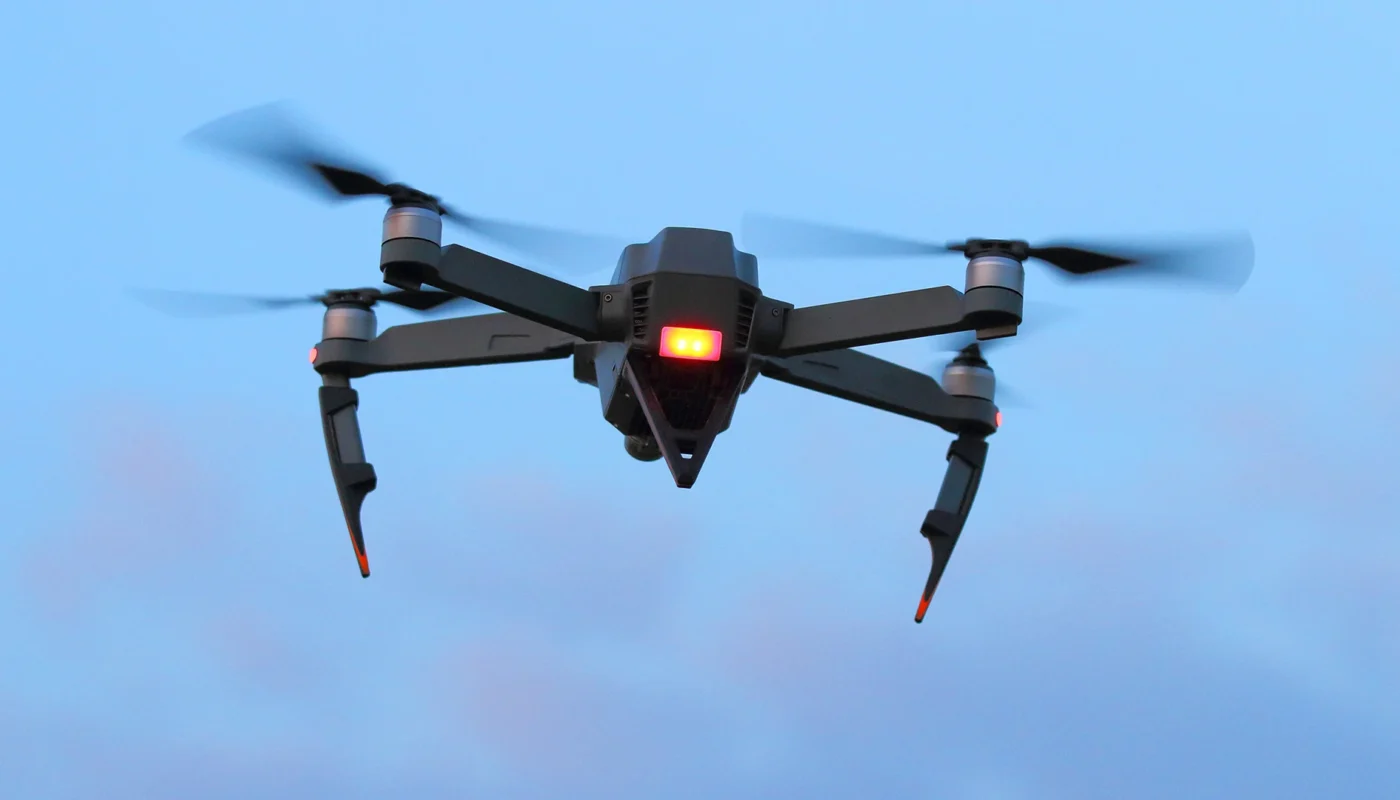In a groundbreaking development, UK scientists and engineers have successfully demonstrated the effectiveness of laser beams in deactivating drones. This breakthrough technology, part of the DragonFire program launched in 2017, has potential applications in the military and could be deployed on the battlefield within the next five to 10 years.
Drones have become a significant presence on modern battlefields, capable of delivering devastating damage with pinpoint accuracy. However, shooting them down has traditionally involved firing expensive missiles, with costs ranging up to £1 million each. Furthermore, missile defense systems carry the risk of collateral damage and explosions if the missiles miss their target.
The DragonFire program seeks to address these challenges by utilizing laser beams to interfere with the control and navigation systems of drones, effectively deactivating them without causing significant harm. Unlike missiles, lasers do not require explosive charges or carry the risk of collateral damage. Instead, a laser beam can disrupt the electronic devices of the drone, rendering it inoperable.
One of the significant advantages of laser technology over standard missiles is its cost-effectiveness. Running the DragonFire system for ten seconds costs less than £10 per shot, making it highly affordable compared to traditional missile defense systems. Additionally, lasers are not susceptible to countermeasures, as their speed of light propagation makes them virtually impossible to neutralize once fired.
Aside from their cost-effectiveness, laser beams also offer strategic advantages in terms of operational range and precision. A high-power laser system can cover a small area with exceptional accuracy, ensuring that drones are targeted with minimal risk of missing the mark. Furthermore, lasers pose no threat of collateral damage, as the beams dissipate and scatter harmlessly in the atmosphere even if they fail to hit their intended target.
While lasers have been utilized in military applications for tracking targets, remote sensing, and precision aiming, this successful field test marks the first time laser technology has been effectively applied in a disruptive application like deactivating drones. The advancements made by the DragonFire program have the potential to revolutionize the military’s approach to drone defense.
The implications of this breakthrough extend far beyond the battlefield. A cost-effective and precise method of neutralizing drones can have significant implications for security in various sectors. In addition to military applications, laser technology could be useful in protecting critical infrastructure, such as airports, seaports, and power plants, from potential drone threats.
In conclusion, the successful field test of the DragonFire program highlights the viability and cost-effectiveness of laser technology in deactivating drones. This breakthrough innovation has the potential to revolutionize drone defense, making it a more affordable and precise solution compared to traditional missile defense systems. As the technology continues to evolve, laser-based solutions may find their way into various sectors, ensuring enhanced security and protection against drone threats.
*Note:
1. Source: Coherent Market Insights, Public sources, Desk research
2. We have leveraged AI tools to mine information and compile it



